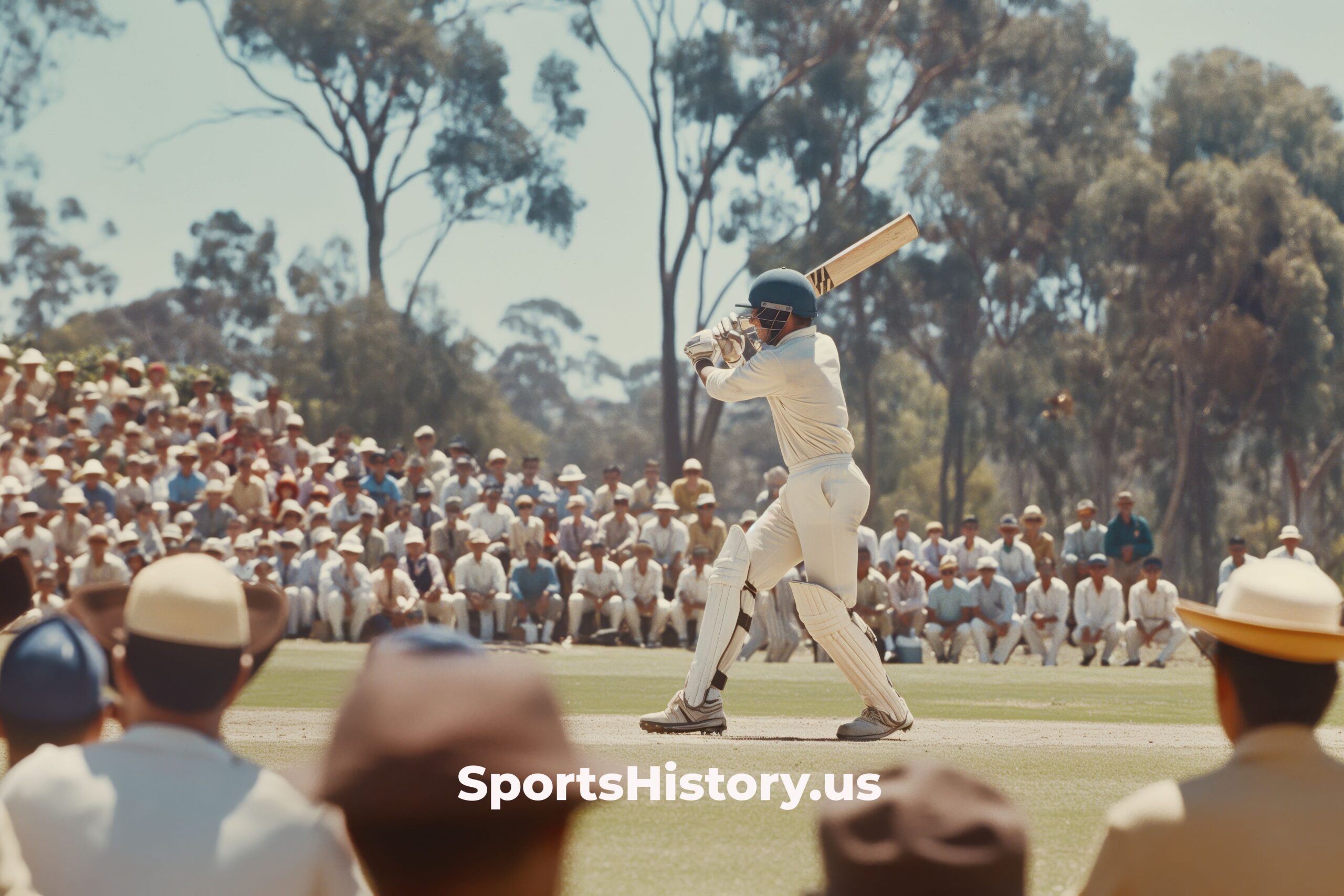Origins and Early Development:
- Early Forms of Cricket: Although its origins are disputed, a variety of early bat-and-ball games, cricket-like in nature, were played in medieval England. The game likely evolved over many centuries from these very rudimentary forms.
- 16th and 17th Centuries: By the 16th century, cricket was gaining popularity in England. In 1598, the first literature mention of cricket was noted. Basically, it has been played in rural areas and over some time began to get fame.
Formation and Standardization:
18th Century: The Birth of Modern Cricket: By the 18th century, cricket had developed with much more standardized rules and structures. The Marylebone Cricket Club (MCC), formed in 1787, took on the task of the Laws of Cricket. It played a leading role in the codification of the rules of the game.
- 1772: The First Laws of Cricket: These were the first known Laws of Cricket, written by the MCC. Such laws would have set the ground rules for the game, including pitch dimensions and how runs are scored.
Professionalization and Expansion:
- 19th Century: Rise in Popularity: The 19th century was the time when cricket began to gain much-needed popularity, especially in England. It then started spreading throughout the British Empire and began being played far and wide in countries such as Australia, India, and South Africa.
1877: First Test Match: The first official Test match was played between England and Australia at the MCG from 15-19 March 1877. This match marked the beginning of Test cricket at an international level.
- 1889-ICC formed: ICC was established to administrate and regulate the game of international cricket. It was known as the Imperial Cricket Conference at that time and was founded by representatives from Australia, England, and South Africa.
Modern Era and Innovations:
- 1970s – One-Day Internationals (ODIs): In the 1970s, One-Day Internationals was brought into cricket. The first ODI was played in 1971 between England and Australia. This format was introduced to finish the game in just a single day, unlike the original form of Test matches.
- 1975 – The First Cricket World Cup: In 1975, the first Cricket World Cup was held in England, named after its sponsor as the Prudential Cup. The West Indies emerged as the victors in the first tournament, and it has grown into one of the most glamorous events for cricket.
- 2000s-Twenty20 Cricket: The coming of Twenty20 (T20) cricket in the early 2000s brought another format to the game: fast. The first T20 International was played in 2005, and 2007 came with the T20 World Cup, arguably one of the most critical and impactful formats concerning the popularity and commercialization of cricket.
Current Trends and Developments:
- Globalization: The game has also gained popularity globally. Major leagues, especially the Indian Premier League, have increased its reach and financial stakes multi-fold. The IPL has become an event of central cricketing calendar for a substantial part of the cricket calendar since its inception in 2008 with international stars.
Technological Advancements: Modern cricket has embraced technology in the form of the DRS system, which makes use of video replay and other technologies in aiding decisions by umpires. From Hawk-Eye to using analytics, innovations have changed the way the game is played and perceived.
Women’s Cricket: Women’s cricket has also progressed by a long way with greater exposure and following. Now, ICC Women’s T20 World Cup and the Women’s Cricket World Cup are events of great exposure that really highlight women cricketers’ skills and competitive spirit.
Important Aspects of Cricket Today:
- Formats: Different formats of cricket include test matches—the traditional format of the game where the game continues for up to five days; One-Day Internationals, in which a limited number of overs is normally allowed to each side; and Twenty20, in which a limit of 20 Overs is fixed for each side. Along with this come slightly different ways of playing the game.
They include the ICC Cricket World Cup, the T20 World Cup, and various bilateral series and tournaments. Then, there are some domestic leagues that run at an incredible pace: the most famous ones are the IPL and the Big Bash League.
- Cultural Impact: In most of the countries, especially India, Australia, England, and Pakistan, cricket holds a huge cultural impact. It is followed with passion by millions and is an inherent part of their national and local cultures.
History testifies to cricket’s evolution from medieval sports, followed by its development into an important global sport with numerous styles and competitions. It has been punctuated by milestone events, innovations, and the growth of a game that goes on to assume global dimensions with eclectic appeal.

